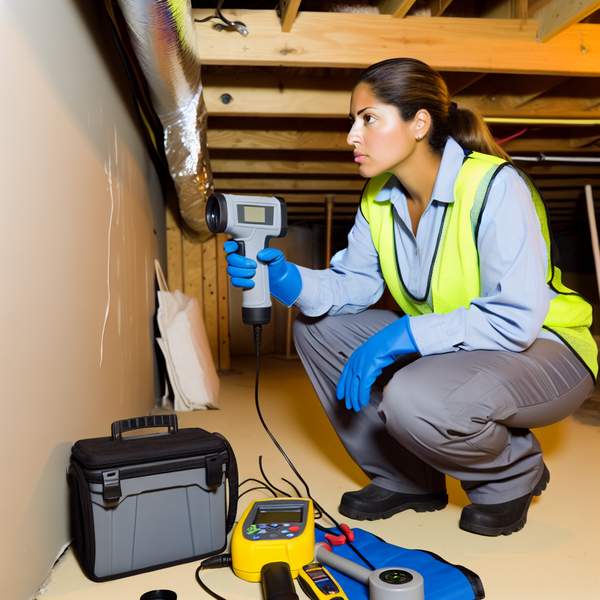Dealing with a wet basement is a common challenge for many homeowners. This issue not only affects the structural integrity of your home but can also lead to costly repairs if not addressed promptly. As experienced home inspectors, we understand the complexities of basement moisture problems and are here to share expert insights that can save you time and money.
Identifying the Source of Moisture
Determining where the moisture originates is crucial for effective remediation. Here are some common sources:
- Surface Water: Rainwater that pools around the foundation due to poor grading or ineffective gutters.
- Groundwater: High water table levels that penetrate basement walls or floors.
- Plumbing Leaks: Leaks from fixtures or pipes can be mistaken for groundwater issues.
To accurately identify the source, consider these diagnostic techniques:
- Use a moisture meter to measure humidity levels in different areas of the basement.
- Check for water stains or efflorescence on walls, which indicate water penetration points.
Effective Solutions for Wet Basements
Once the source is identified, implementing the right solution is key. Here are some proven strategies:
- Grading and Drainage: Ensure ground slopes away from the foundation. Install or repair gutters and downspouts to direct water away.
- Waterproofing: Apply sealants to interior walls and consider exterior excavation and waterproofing if severe.
- Sump Pump Installation: For areas with a high water table, install a sump pump to remove excess water.
Always refer to local building codes, such as the International Residential Code (IRC), that may dictate specific waterproofing and drainage requirements.
Conclusion
Addressing a wet basement requires a methodical approach and understanding of potential causes. By implementing these strategies, you can protect your home from water damage. For a thorough inspection and tailored solutions, consider hiring a professional home inspector to ensure peace of mind.

